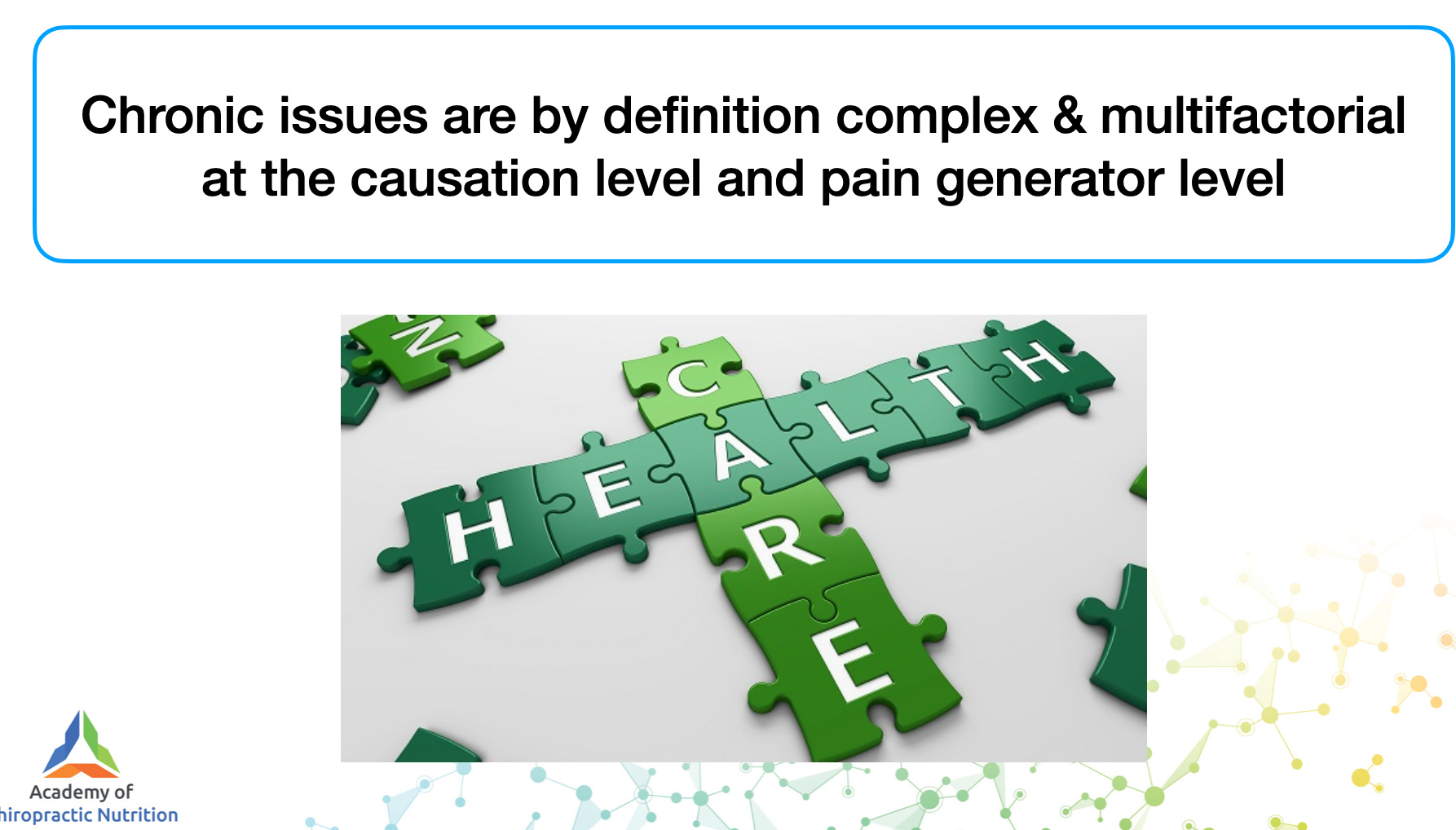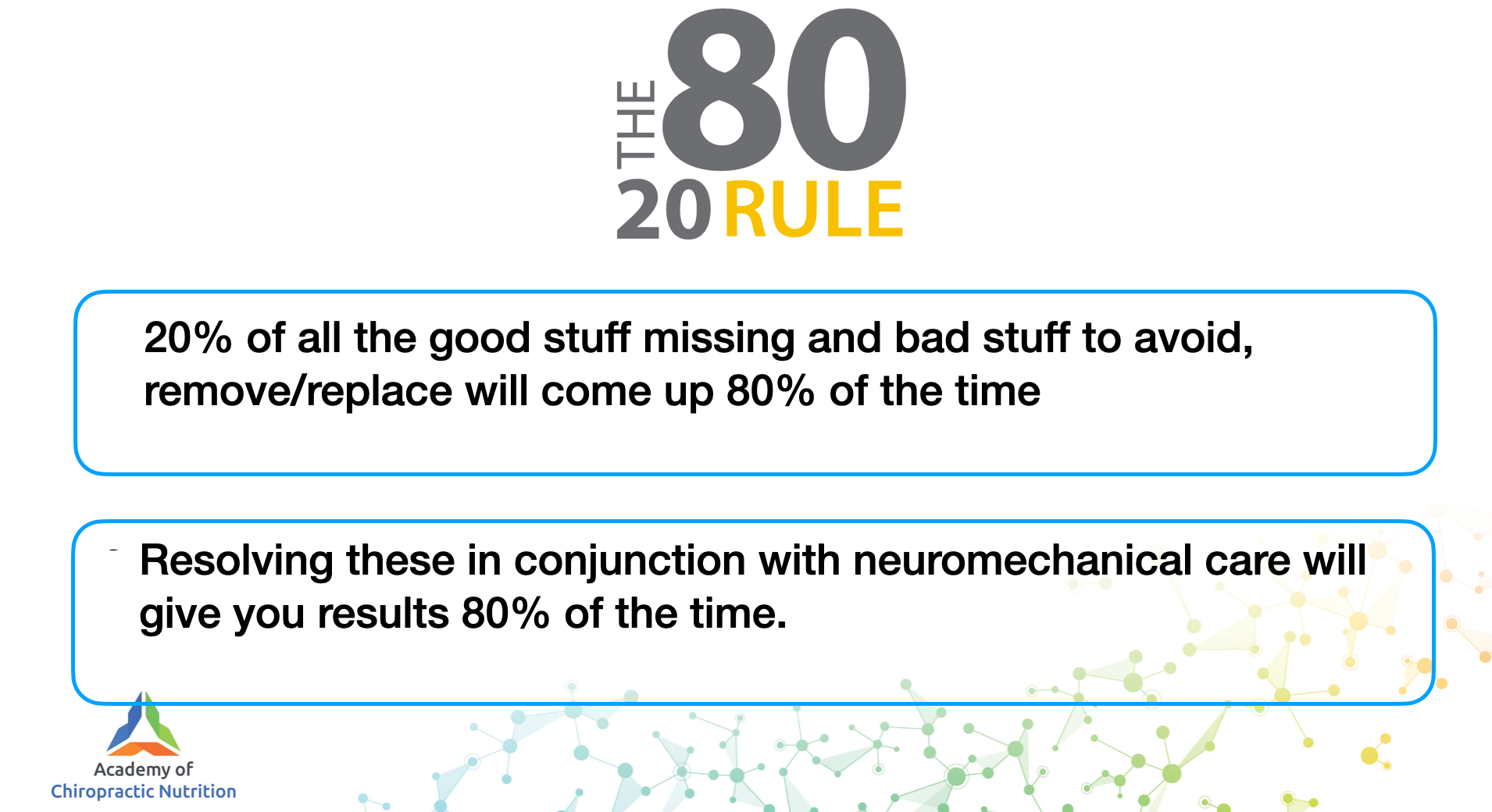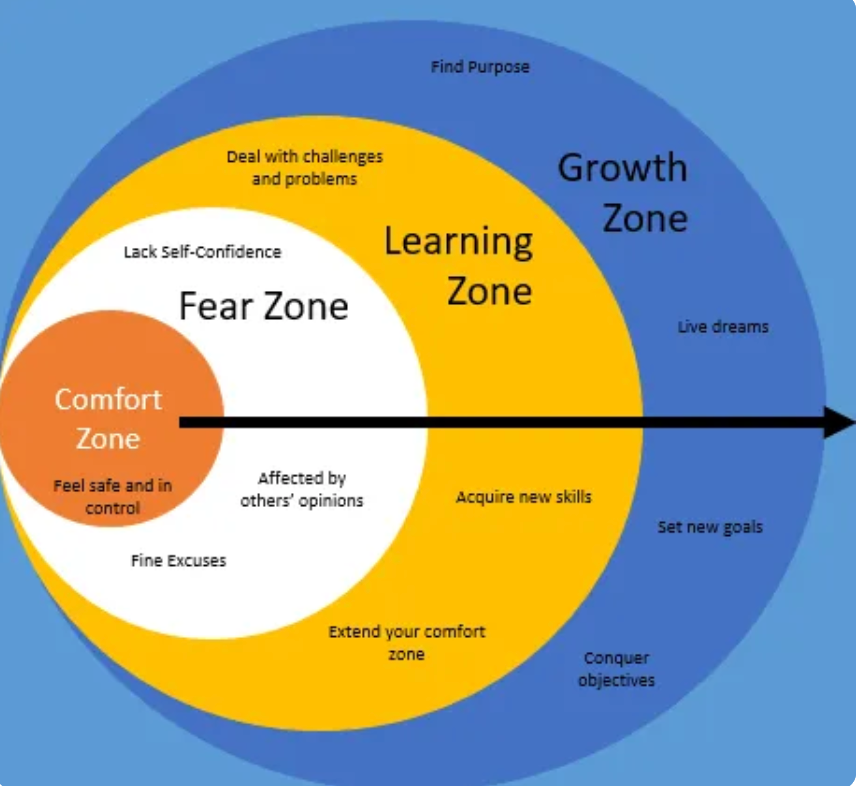We all love silver bullets.
You do one thing and a magical effect occurs and the patient is transformed.

These patients think you are a genius, and even you’re a bit surprised something worked so well.
These are the stories you hear when you go a technique seminar.
The amazing results the guru on stage tell you about: “…expect miracles daily”.
And we want to believe them, we really do.
This new technique, this new supplement etc, this is the one.
The one that will make my clinical life “easy” (As Ryan Holiday says “The Obstacle Is The Way”).
And you go back to clinic and yes, there are a few patients where it really is the one big thing, the silver bullet.
They are right in the middle of the bell curve in terms of treatment response and it was their “silver bullet”.
Watch out for your ego on these occasions, as these patients love telling you how amazing you are.
And as the brilliant Ryan Holiday book says “Ego is the enemy” (really worth a purchase by the way).
Re-read ????

But for most, it’s a spectrum of effects depending on their “jigsaw” (and in reality your ability to diagnose and treat).

Mastering any new skill/knowledge takes time and learned practice/spaced repetition. Beware “Monday morning mastery” slogans, you can’t master anything in a weekend.
For some, it’s simply not applicable or not an issue aka it didn’t work (they don’t talk about those on stage, do they?).
But as we go up/down the bell curve the results drop off.
These patients are a jigsaw.
They have more than one massive piece to find.
This is by far the most common scenario.
Check out this non-miracle case study ????

But the good news is common things are common, and we can use the 80:20 rule.

Most patients (80-ish %) have the same deficiencies and the same inflammatory provocateurs (FIT-SSO: Foods, infections, toxins, stress, sleep, obesity).
These are the low-hanging fruit.
The 20% that are more challenging, these are the ones we really learn from, they stretch us clinically.
These make you feel a little uncomfortable and if you want to be a master clinician you must learn to be comfortable being uncomfortable.
Learn to live on the edge of clinical uncertainty.

If nothing phases you in clinic, you are ignoring your patients results and failing to assess objectively.
You don’t want a whole day of them, that’s for sure (maybe 20%?).
But a whole day of no challenges is flat-out boring, and you’ll never grow as a clinician (everything is a spectrum).
So next time you are at a new technique seminar, and they are telling miracle stories, put your hand up and ask what they do with patients who don’t get better.
The smart, more aware ones usually say something like “If they follow my instructions they always get better”.
That’s the get out of jail card, they didn’t follow my instructions.
One guy says his technique sorts everything as long as it’s not “infections, tumours or fractures”.
It’s actually a really, really, good neuromechanical technique, it helps me a lot and I use parts of it daily in practice.
Randomly, he lives a few miles from my sister-in-law in the USA, and so I had some treatment with him (very good it was too) and then observed a few patients.
He had a patient with a frozen shoulder… complaining about lack of response from previous sessions with him.
In reality, we all have them, you, me, BJ Palmer and Andrew Still.
